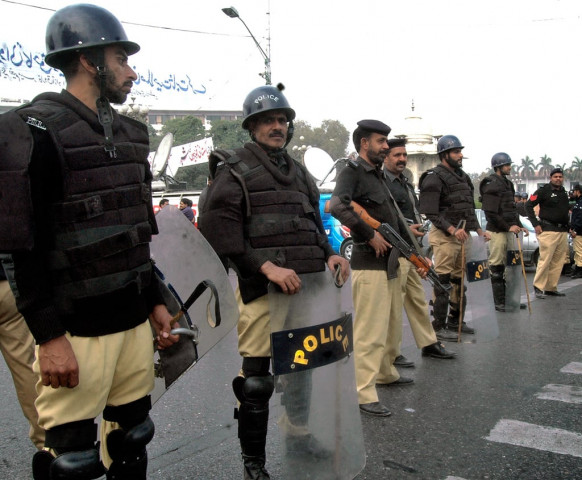
The trend has been identified after an analysis of official data of five years (2014-2018) punishments awarded to officers of the force from constable rank to DSP.
It revealed that less than 0.002% of officials have been punished for misbehaviour. A total of 301,757 officers were punished during the period. Only 590 were penalised under the head of misbehaviour.
Out of these 590, overwhelming majority, 65% ie 380 were awarded minor punishments. Only 210 were awarded major punishment. Major punishments included dismissal from service, removal, compulsory retirement, forfeiture, demotion in rank, recovery from pay, pension and minor punishments included withholding of increment, promotion, reduction to lower stages in pay scale, censure, extra drill and fine.
In 2014, a total of 59,164 officers were punished. Only 75 ie less than 0.001% were punished for misbehaviour.
The majority (43) was awarded minor punishments and only 32 were given major punishments. Only two DSPs or ASPs, one inspector, 25 sub-inspectors (SI), 19 assistant sub-inspectors (ASIs), six head-constables (HCs) and 22 constables were held accountable for misbehaving with the public in 2014.
In 2015, the figure for total punishment remained almost constant as 57,318 officers were held accountable. Only 0.002% of the accused were punished for misbehaviour. No DSP or an ASP was held accountable for the offence. As many as 13 inspectors, 34 SIs, 33 ASIs, seven HCs and 52 constables were punished in 2015.
In 2016, only 0.0018 % ie 109 officers were held accountable for misbehaviour out of 61,422 accused. Only two DSPs or ASPs, three inspectors, 24 SIs, 23 ASIs, 13 HCs and 44 constables were punished for misbehaving with the public.
In 2017 also, less than 0.002% were punished misbehaving. A total of 64,458 officers were punished and only 125 were held accountable for misbehaviour. Only two DSPs or ASPs, 24 inspectors, 26 SIs, 21 ASIs, 18 HCs and 34 constables were penalised for misbehaviour.
Last year, 0.0024% was punished for misbehaviour as only 142 were held accountable for misbehaving with public out of 59,395. No DSP or ASP was held responsible for misbehaving. Four inspectors, 46SIs, 22ASIs, eight HCs and 62 constables were penalised for the offence.
Misbehaviour with the public is quite common for a policeman in Punjab. This little fact is so obvious that it can be gauged after a brief survey of any police station, picket or deployment. This could also be crosschecked by the opinion of policemen as well as public after a visit to any public place and a short chit chat.
It could also be gauged from the way police treated journalists at the appearance of opposition leader in Punjab Assembly Hama Shahbaz Sharif in the accountability court and other similar incidents. An overwhelming majority of such incidents went unnoticed and unreported.
The commanders need to realise the fact that such behaviour is the main reason behind the tarnished image of the police. Any leniency towards the issue will prove counter-productive and the biggest hurdle in their efforts for public perception management soft image building of the department.
They should also consider the fact that a minor fraction of the public in their life ever faces police department regrinding a case, personal, of a relative or a friend.
An overwhelming majority just have a brief interaction at police pickets, patrolling police or the deployments at law and order duties. Their perception or image by the public is based on this interaction. And what tarnishes this image; you may precisely say- their misbehaviour.
Published in The Express Tribune, October 21st, 2019.


















COMMENTS
Comments are moderated and generally will be posted if they are on-topic and not abusive.
For more information, please see our Comments FAQ